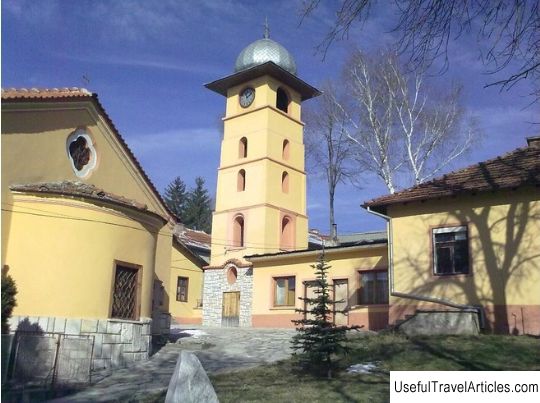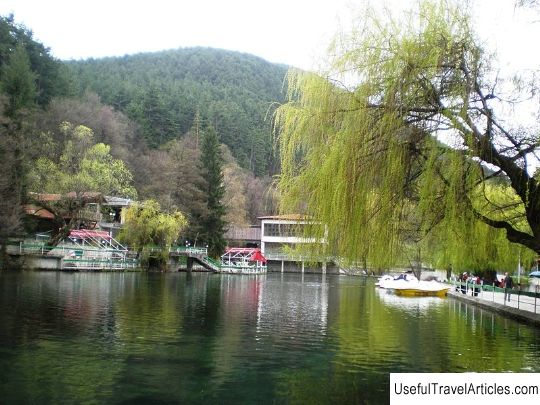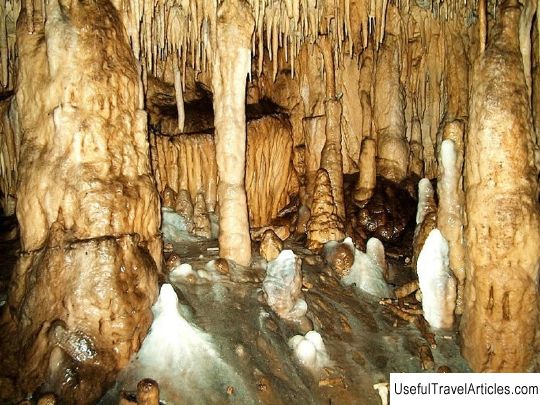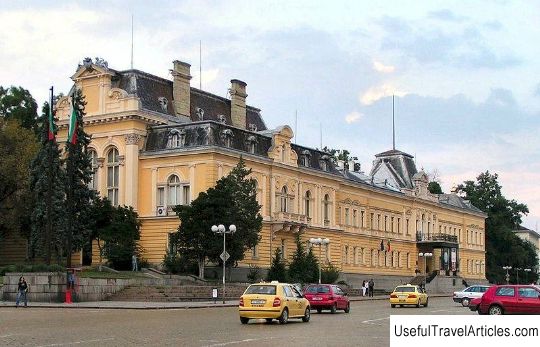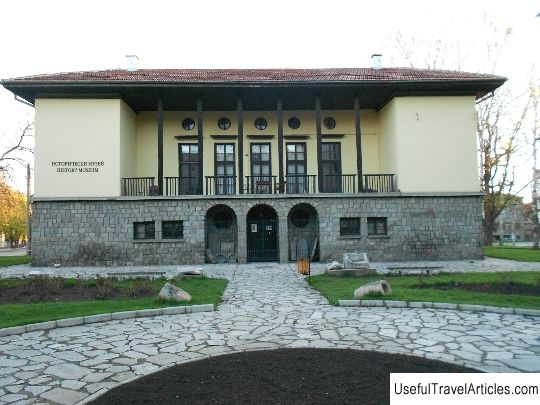Historical Museum description and photos - Bulgaria: Velingrad
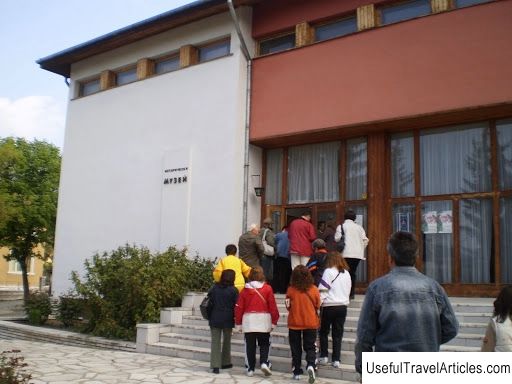
Historical Museum description and photos - Bulgaria: Velingrad. Detailed information about the attraction. Description, photos and a map showing the nearest significant objects. Photo and descriptionThe Historical Museum in Velingrad was founded in 1952, it is located in the Kamenitsa region, which is very close to the Holy Trinity Church. The three main museum expositions are: the Painted Easter Eggs exhibition, the Hospitable Mountains ethnographic exhibition and a memorial exhibition dedicated to Velya Peeva. The city museum contains the largest collection of painted Easter eggs in the Balkans. The collection reflects the tradition of decorating eggs with wax and a pen, characteristic of the Chepinsky region. In addition to the Velingrad districts, there are painted eggs not only from Bulgaria, but also from Eastern and Central Europe. On the eve of Easter, the museum annually organizes special exhibitions with a demonstration of the traditional technique of decorating eggs with wax, where you can also watch the work of the masters. "Vela Peeva" is a special exposition about a Bulgarian partisan who died in 1944 as a member of the resistance movement against the current government and the pro-German policy of Bulgaria during the war. The exposition focuses on the events that preceded the hostilities and those that followed them. The very name of the newly formed city of Velingrad in 1948 comes from the name of the partisan Vela. Ethnographic collection "Hospitable Mountains" - these are costumes that belonged to religious communities - Muslims, Christians, Arumanians who inhabit the Chepinsky region. In addition, the museum displays exhibits that strengthen the city's glory as a mineral resort. Stone inscriptions and photographs show the oldest mineral baths in Bulgaria, built in the middle of the 18th century and still operating. The newest exhibition of the city museum is the exposition dedicated to Nikolai Gyaurov, an opera singer born in Velingrad. After the death of the legendary bass, the family donated personal belongings, photographs and documents of the performer to the museum. Here you can see costumes from productions with his participation and gramophone recordings of the singer. This exposition has become a mobile one due to the increased interest in the culture of Bulgaria and Giaurov, in particular, the exhibition often appears in museums in Bulgaria and other countries. After the death of the legendary bass, the family donated personal belongings, photographs and documents of the performer to the museum. Here you can see costumes from productions with his participation and gramophone recordings of the singer. This exposition has become a mobile one due to the increased interest in the culture of Bulgaria and Giaurov, in particular, the exhibition often appears in museums in Bulgaria and other countries. After the death of the legendary bass, the family donated personal belongings, photographs and documents of the performer to the museum. Here you can see costumes from productions with his participation and gramophone recordings of the singer. This exposition has become a mobile one due to the increased interest in the culture of Bulgaria and Giaurov, in particular, the exhibition often appears in museums in Bulgaria and other countries.     We also recommend reading Cultural and entertainment complex Pyramid description and photos - Russia - Volga region: Kazan Topic: Historical Museum description and photos - Bulgaria: Velingrad. |
